I like my smartphone as much as the next person, but I’m also intrigued by things that last a really long time. Things that my children can inherit from me. Things like quality tools, classic books, good knives, or cast iron cookware. Up until today, I hadn’t really thought about my clothes in that way.
Outdoor clothing company Patagonia released “Worn Wear” before last year’s Black Friday as an “exploration of quality” and an “invitation to celebrate the stuff you already own”. Found via Farnam Street. Essentially it profiles a bunch of interesting folks who have used their Patagonia clothing for a long time. Depending on your perspective, the video could be about anti-consumerism, a great example of retail branding, or simply a bunch of cool people who do cool things.
Watching the video made me think of my 18-year-old LL Bean jacket. I first got it in high school, it’s been on many ski slopes and multiple continents, and I just wore it last week. Several years ago I had gained some weight and I tried to buy another one but they didn’t make it any more. Happily, it fits again.
From the video: “The most responsible thing you can do is buy used clothes.”
Related: Buy things that help you experience.
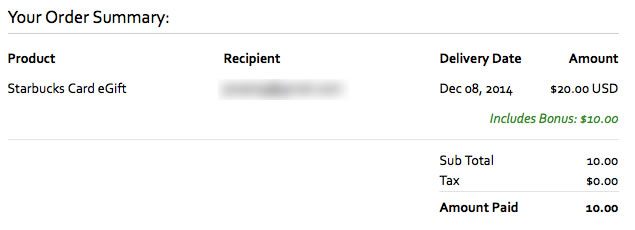
 Vanguard has
Vanguard has 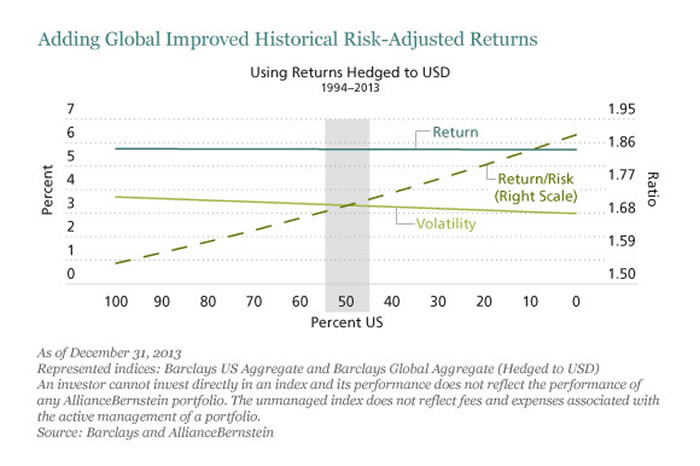
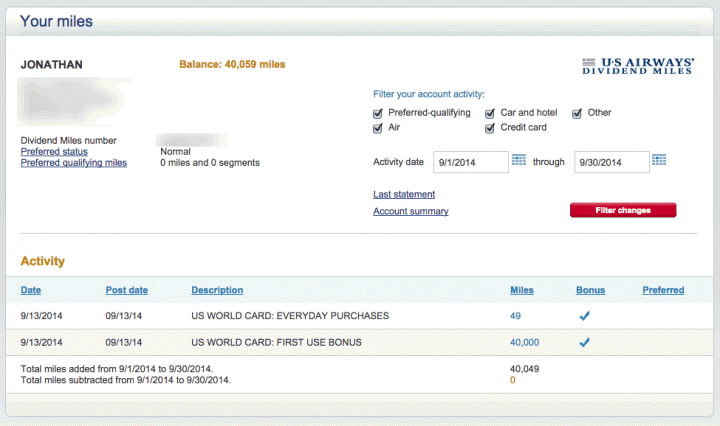
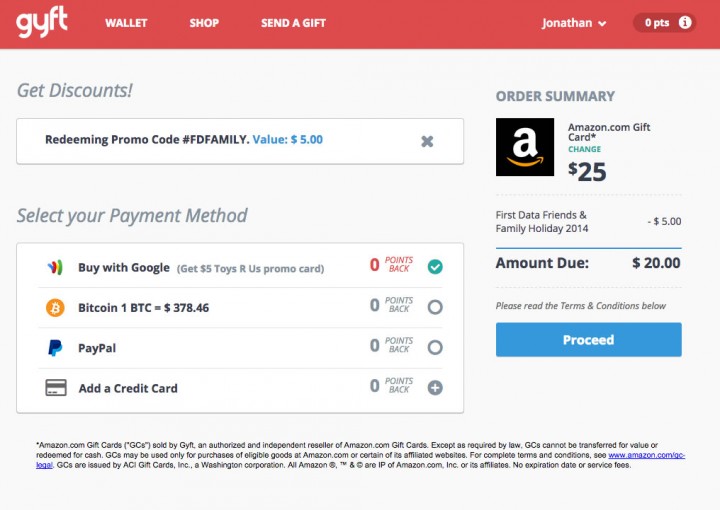
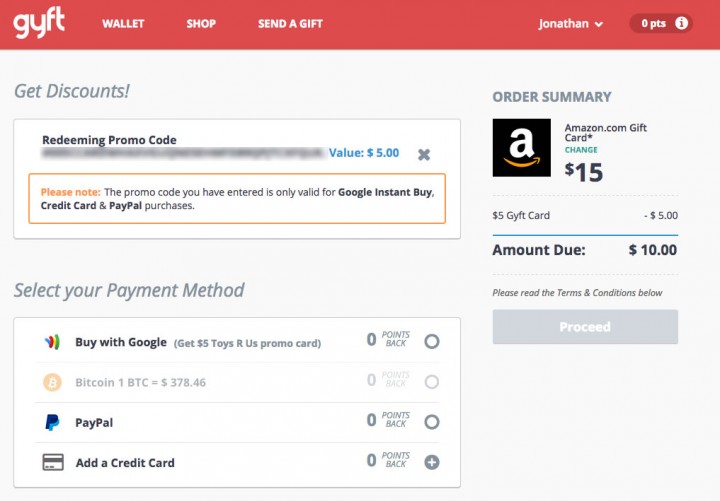
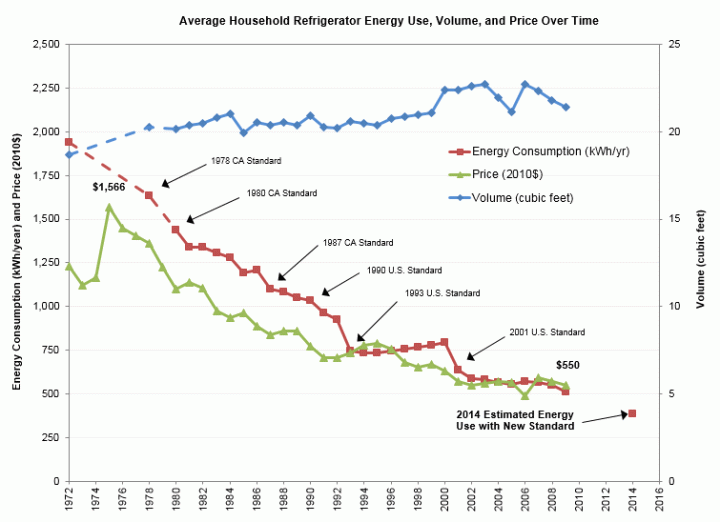
 The Best Credit Card Bonus Offers – March 2024
The Best Credit Card Bonus Offers – March 2024 Big List of Free Stocks from Brokerage Apps
Big List of Free Stocks from Brokerage Apps Best Interest Rates on Cash - March 2024
Best Interest Rates on Cash - March 2024 Free Credit Scores x 3 + Free Credit Monitoring
Free Credit Scores x 3 + Free Credit Monitoring Best No Fee 0% APR Balance Transfer Offers
Best No Fee 0% APR Balance Transfer Offers Little-Known Cellular Data Plans That Can Save Big Money
Little-Known Cellular Data Plans That Can Save Big Money How To Haggle Your Cable or Direct TV Bill
How To Haggle Your Cable or Direct TV Bill Big List of Free Consumer Data Reports (Credit, Rent, Work)
Big List of Free Consumer Data Reports (Credit, Rent, Work)